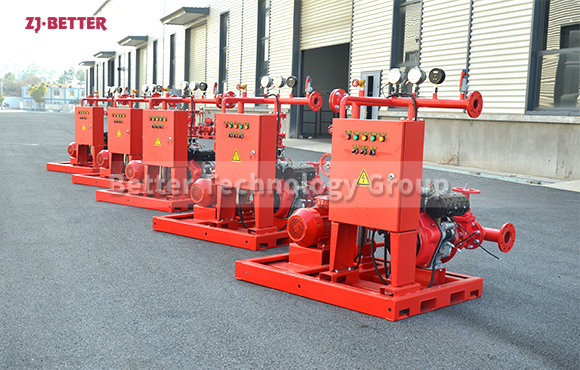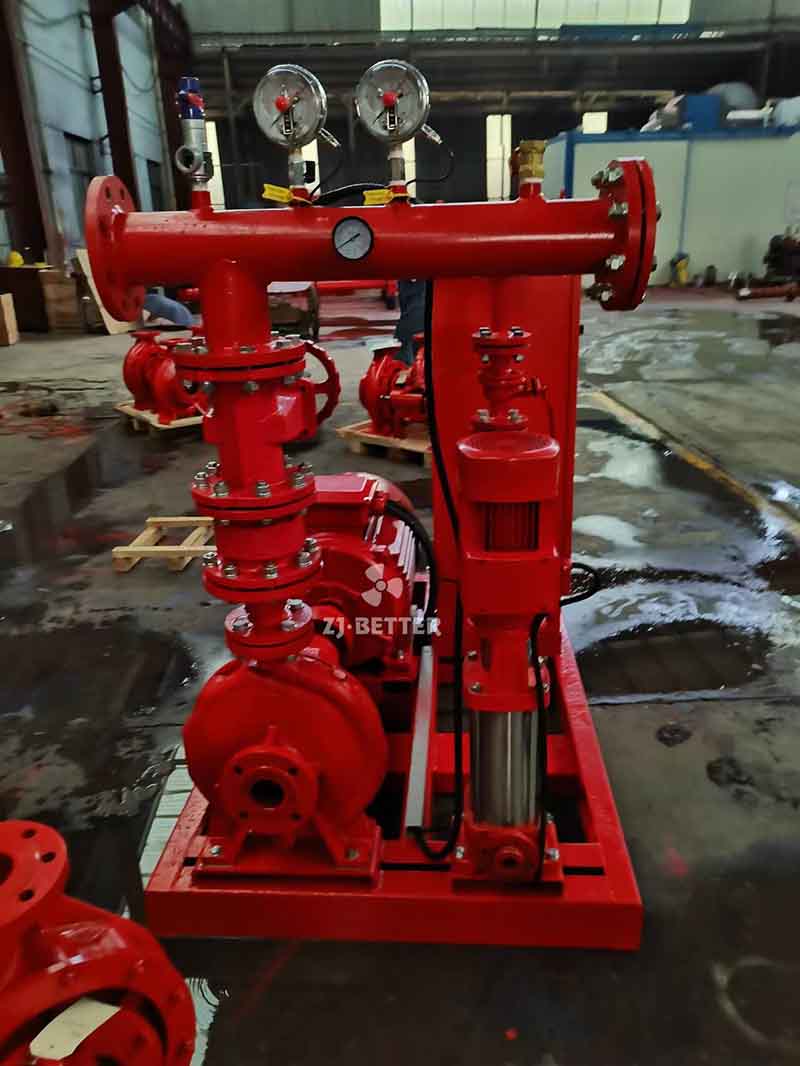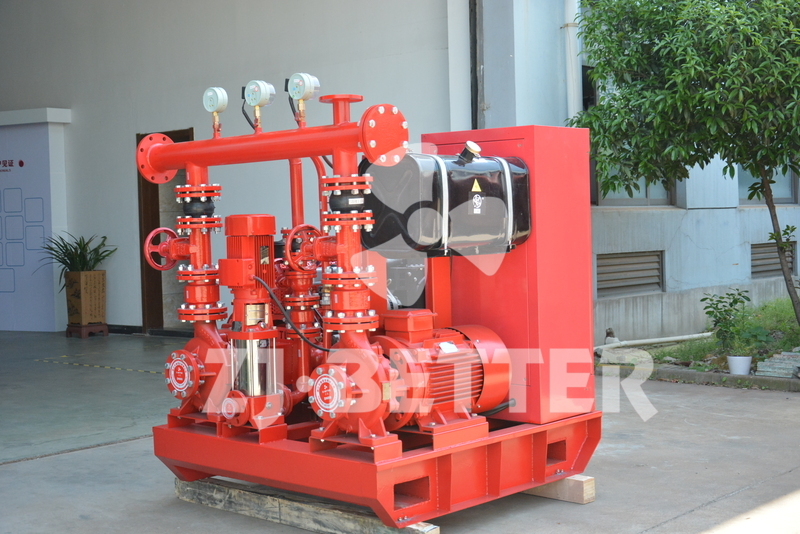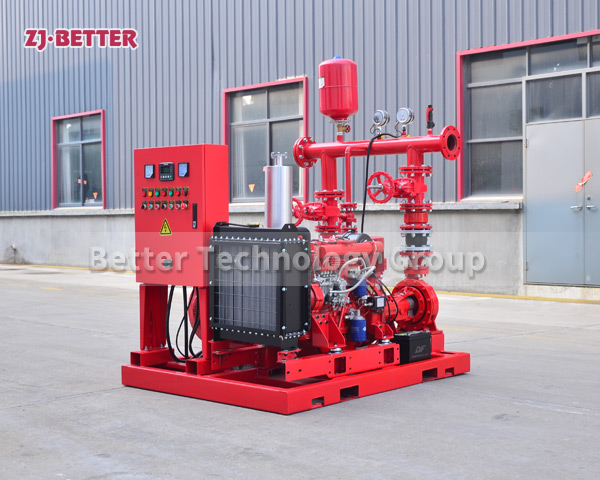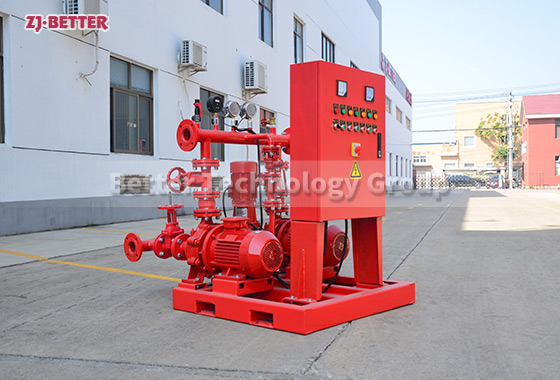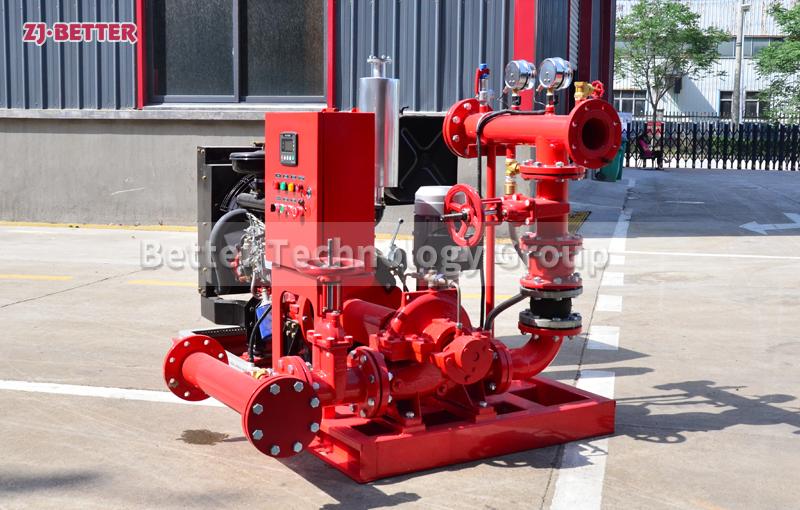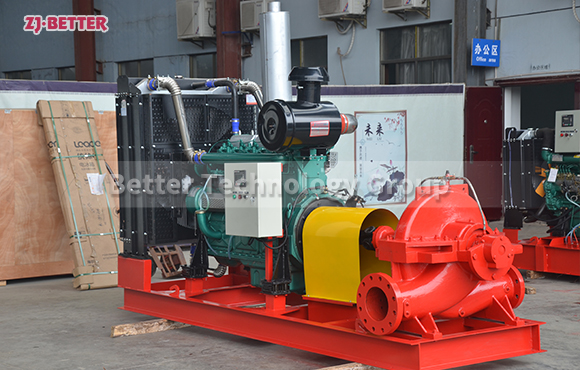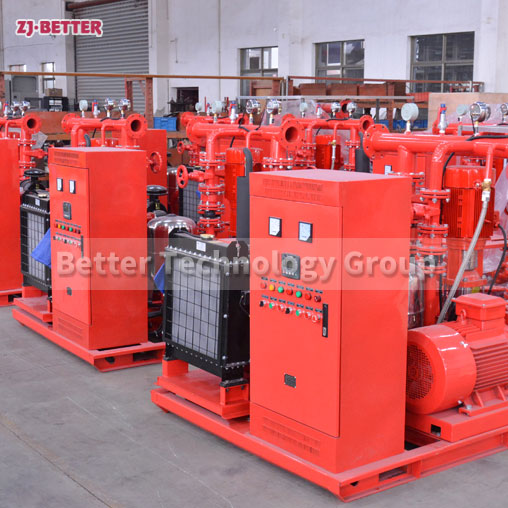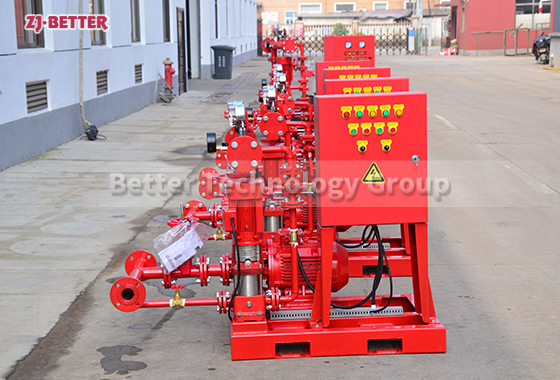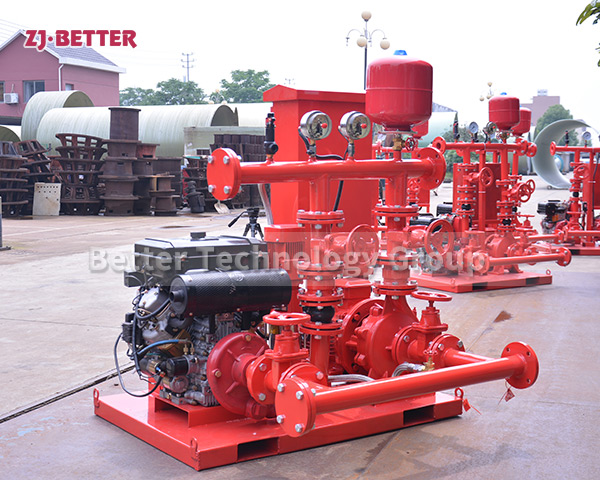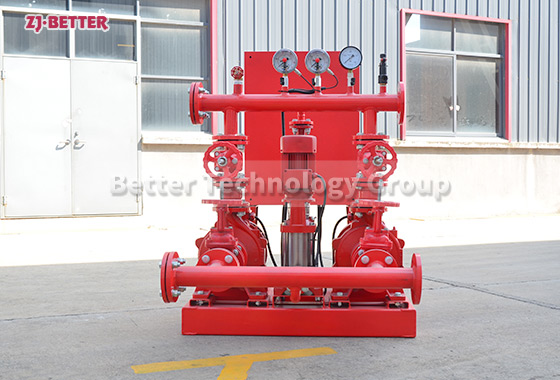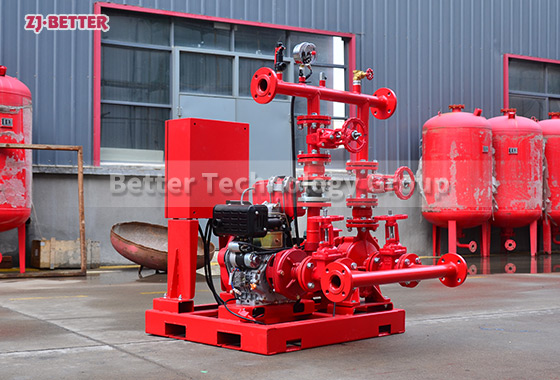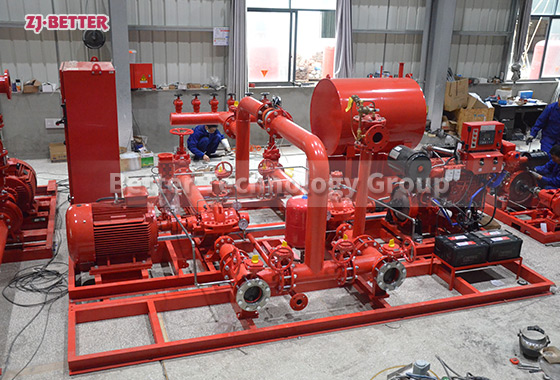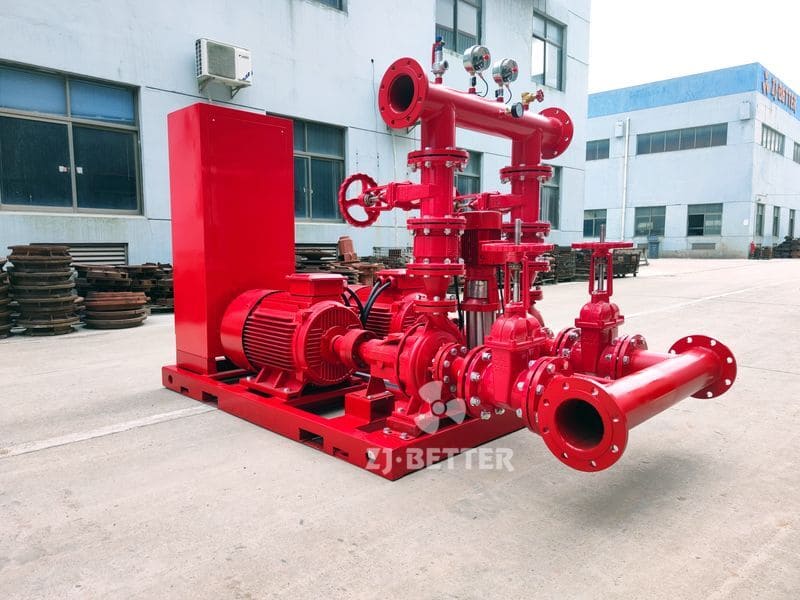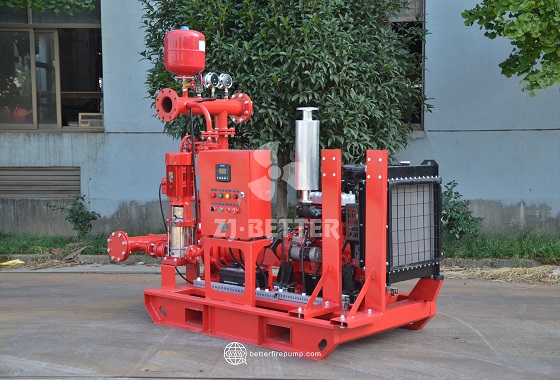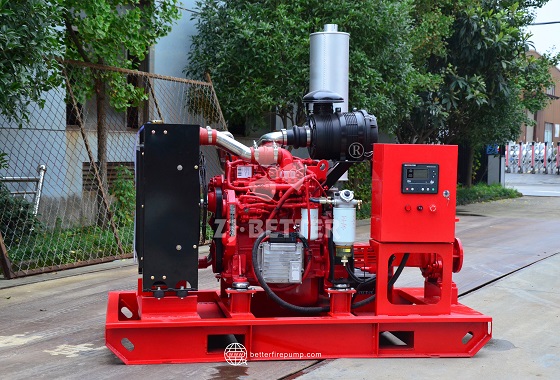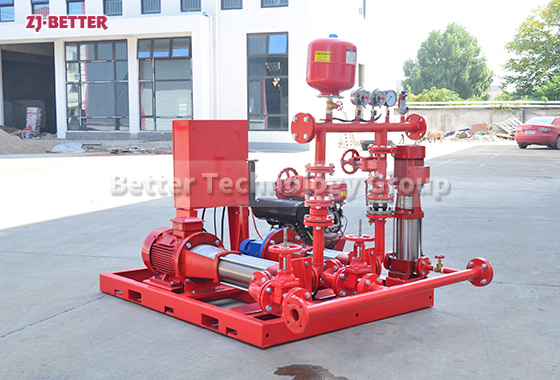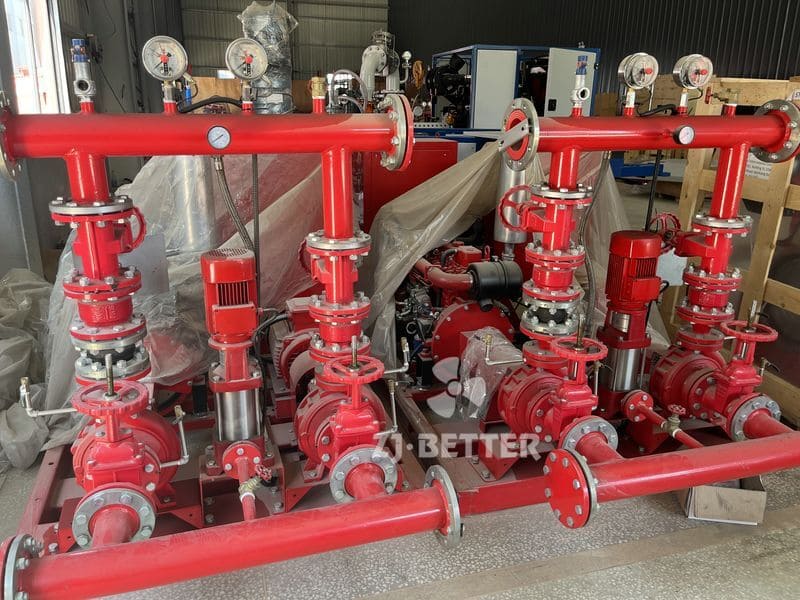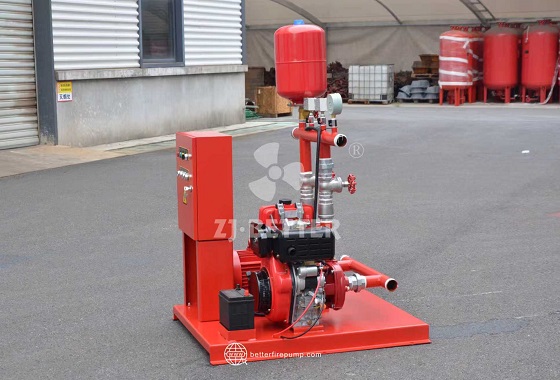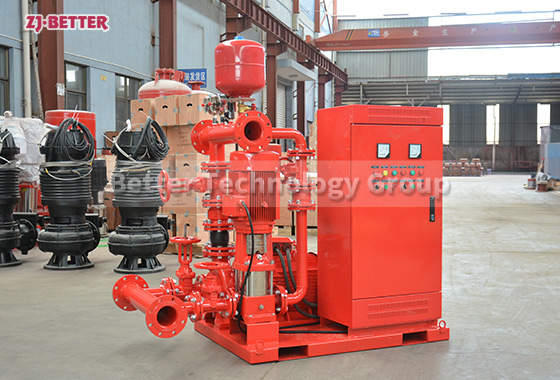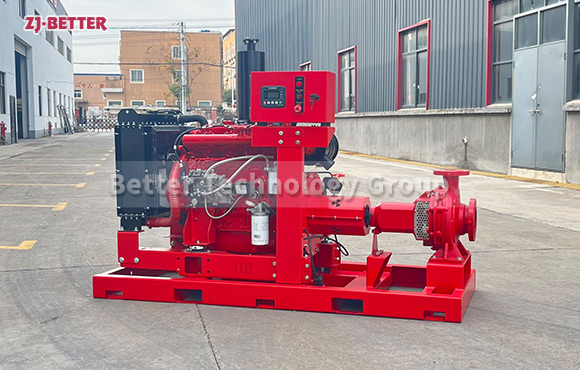Are there different types of nozzles that can be used with firefighting pumps?
Yes, there are various types of nozzles available for firefighting pumps, each designed for specific purposes. For example, fog nozzles disperse water into a fine mist, which is useful for cooling and controlling fire, while solid stream nozzles deliver a concentrated stream of water for long-range firefighting. Choosing the appropriate nozzle can significantly impact the effectiveness of firefighting efforts.
Yes, there are various types of nozzles available for firefighting pumps, each designed for specific purposes. For example, fog nozzles disperse water into a fine mist, which is useful for cooling and controlling fire, while solid stream nozzles deliver a concentrated stream of water for long-range firefighting. Choosing the appropriate nozzle can significantly impact the effectiveness of firefighting efforts.

